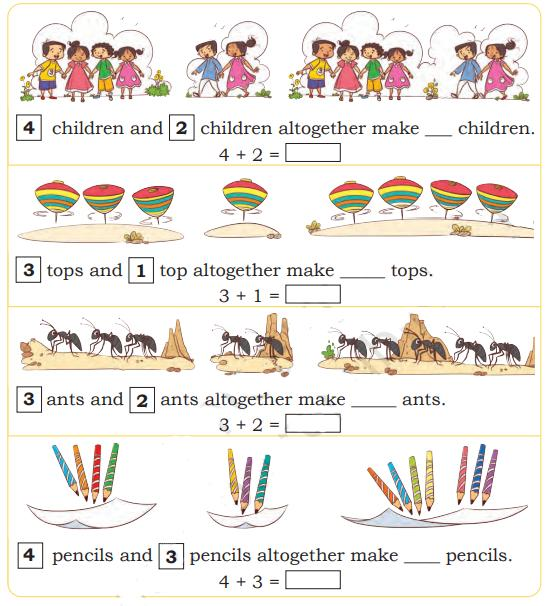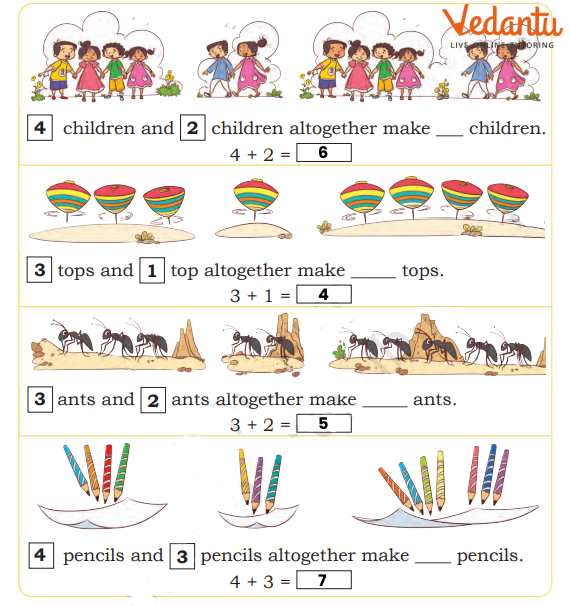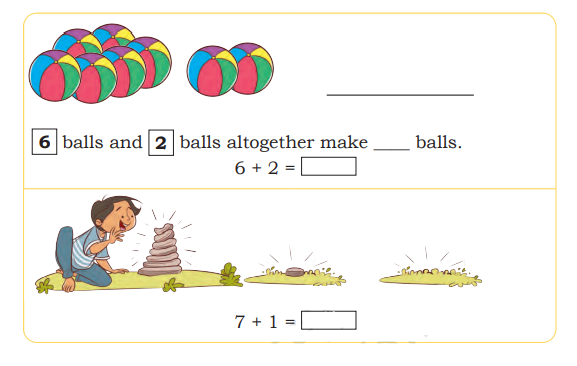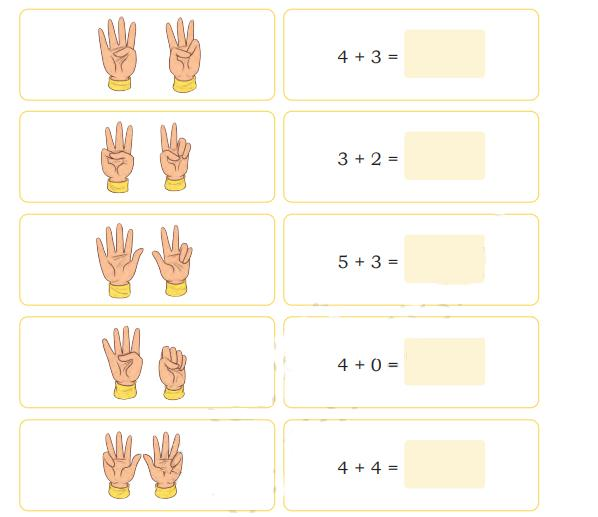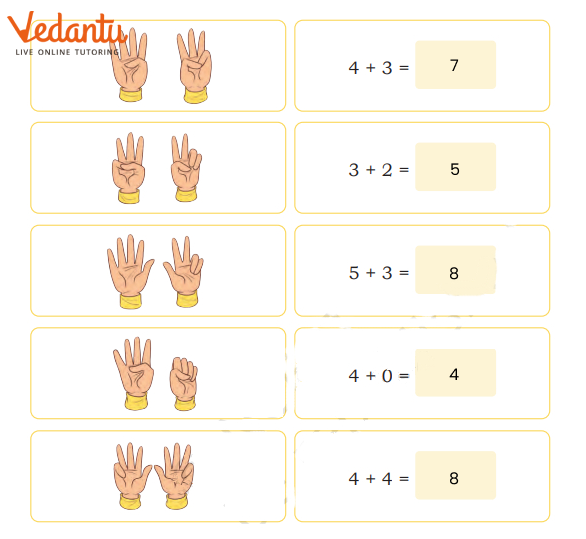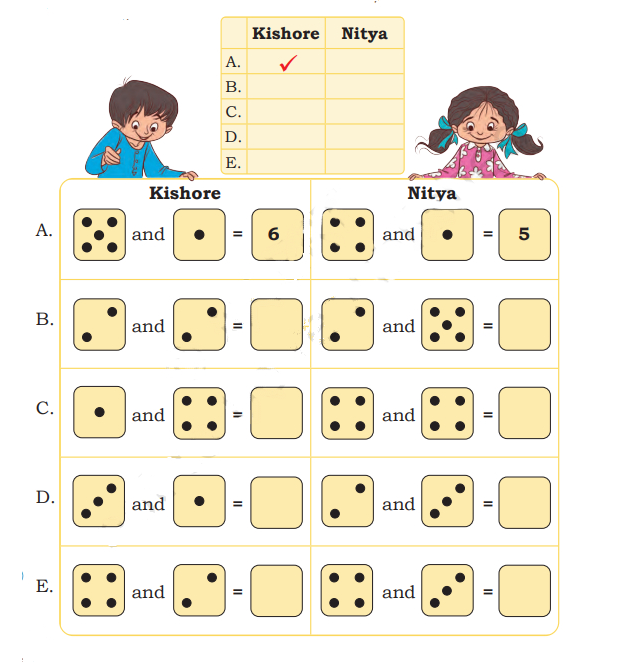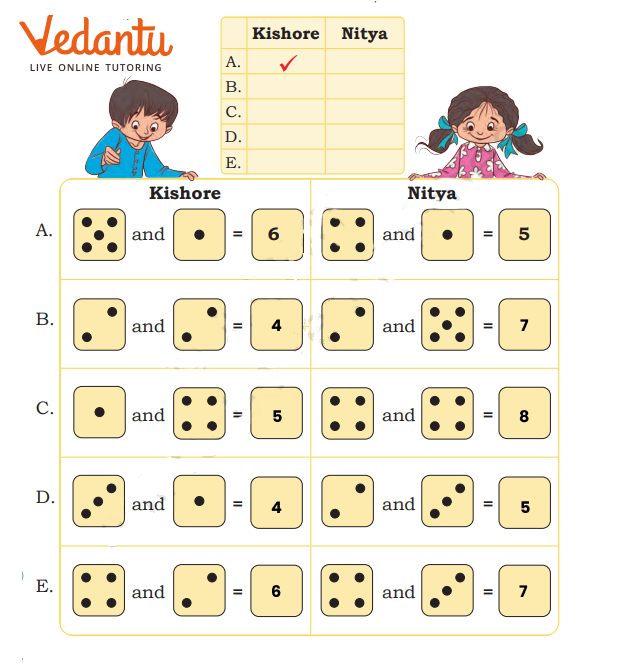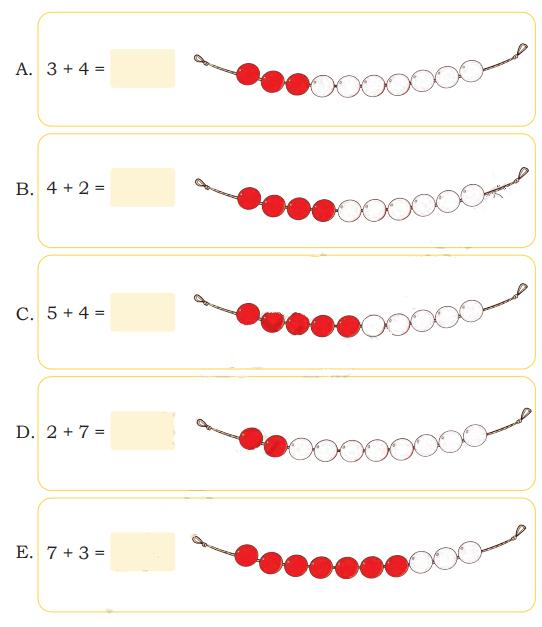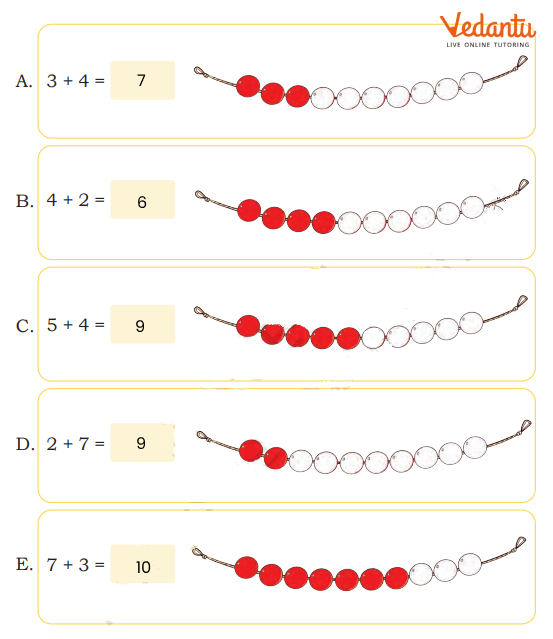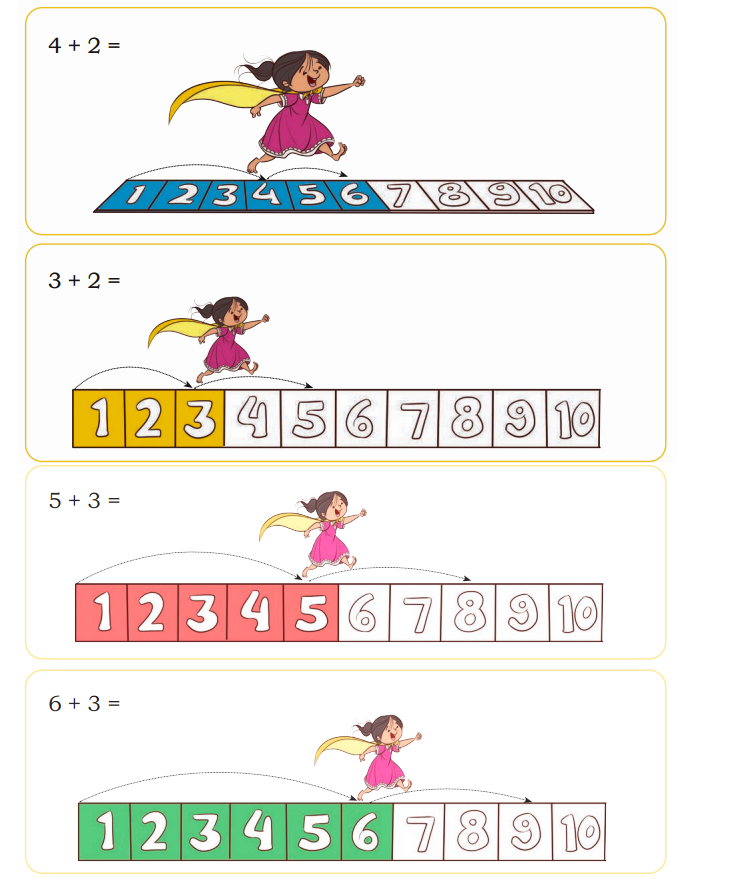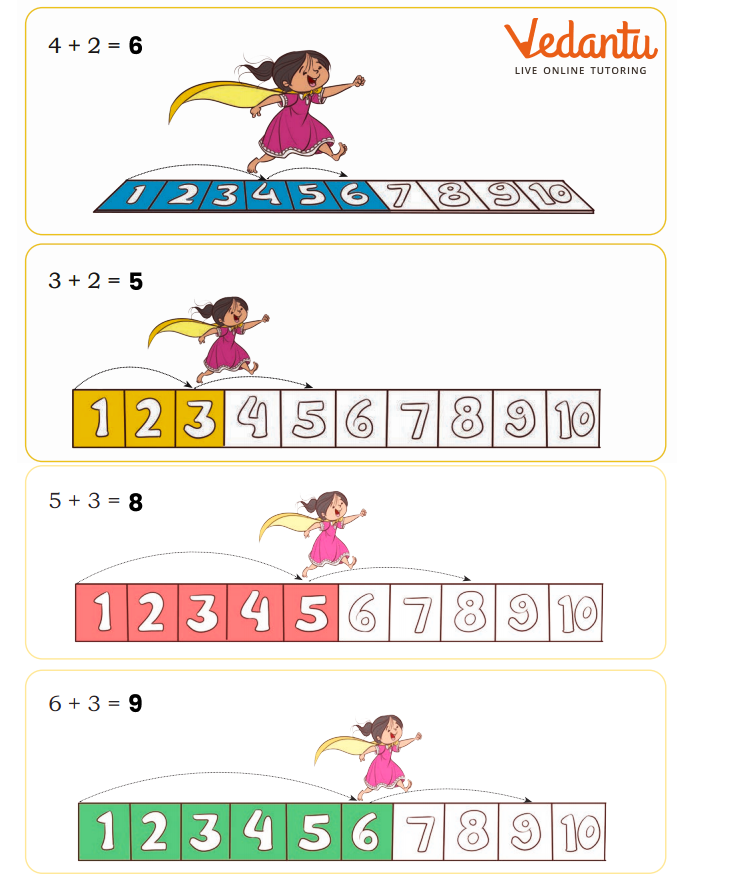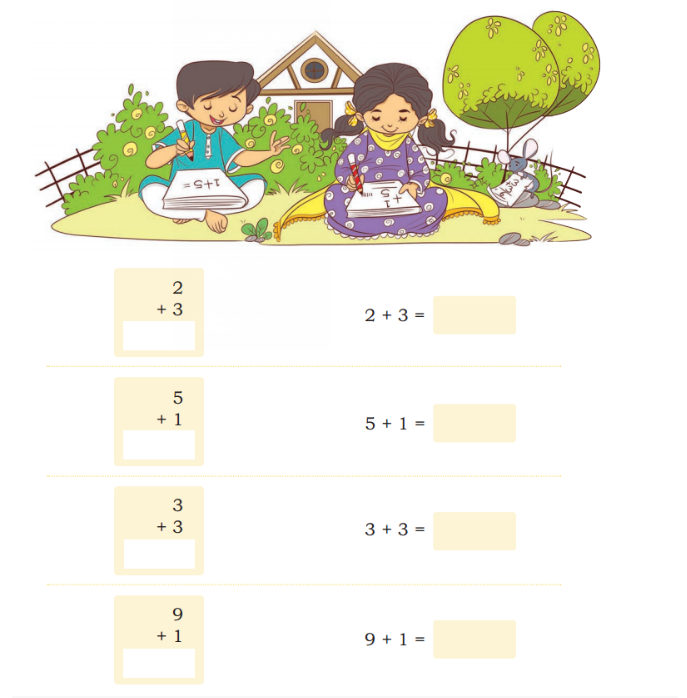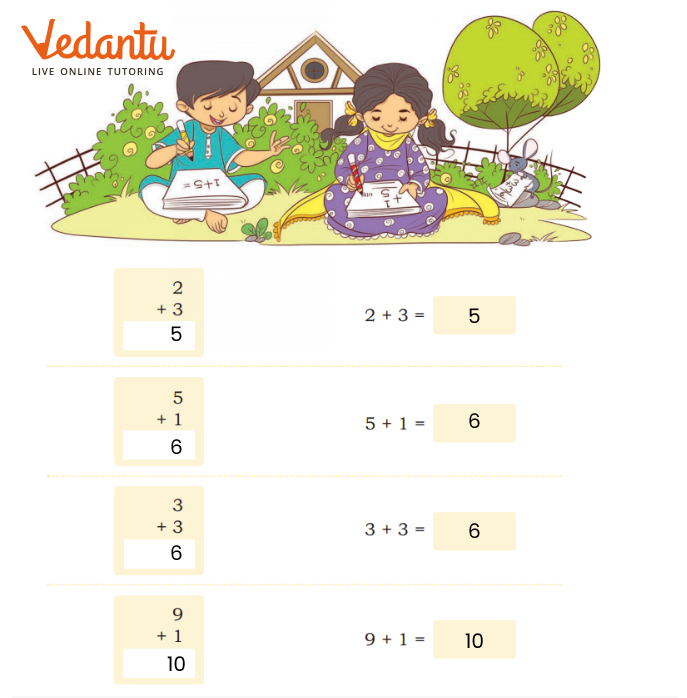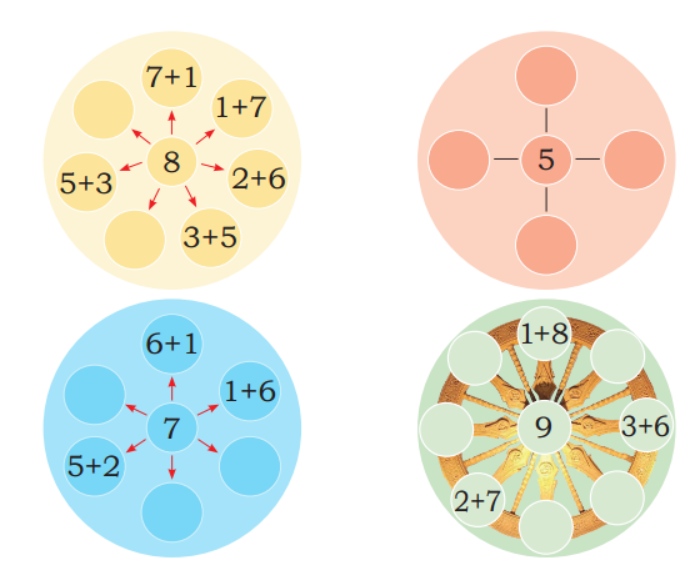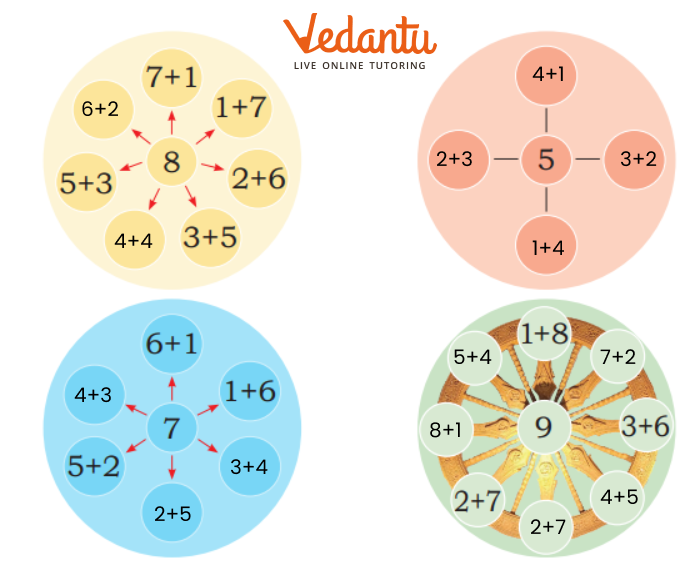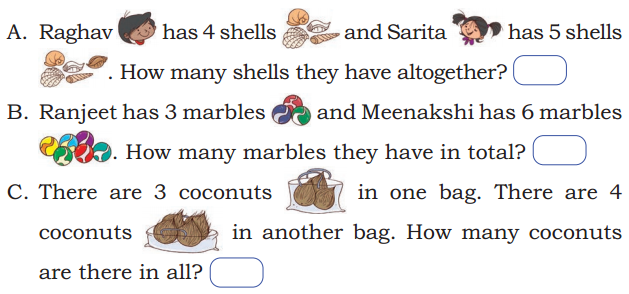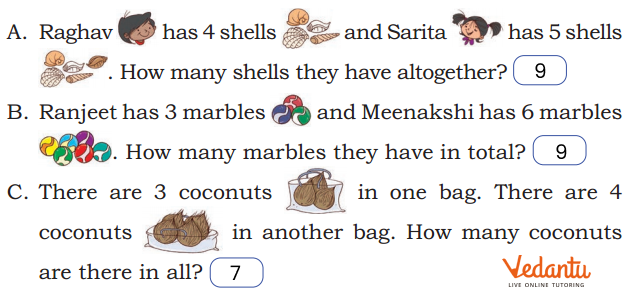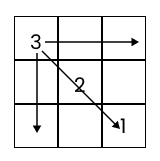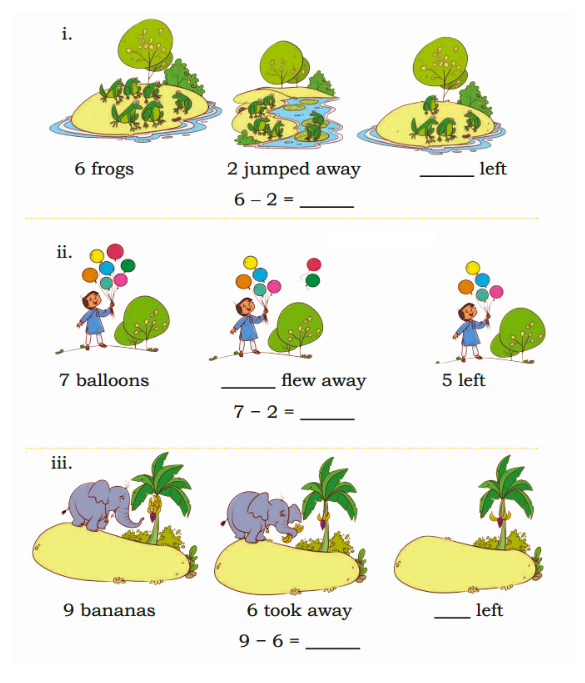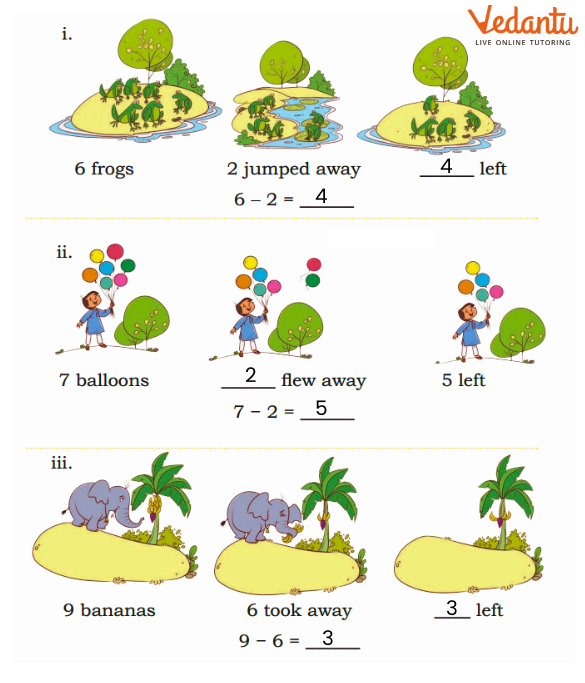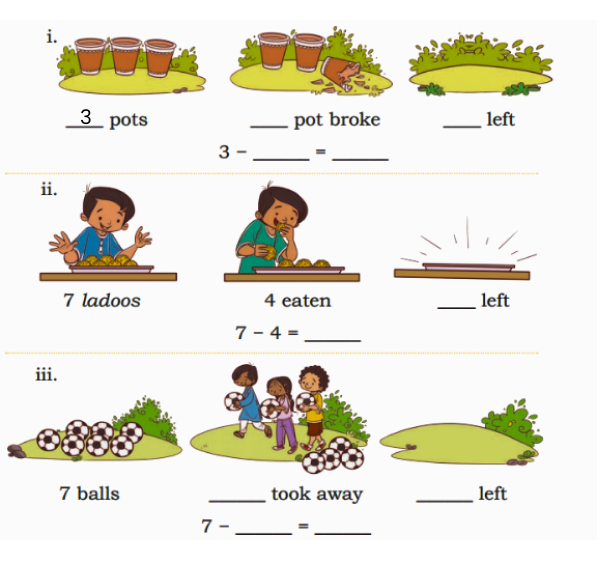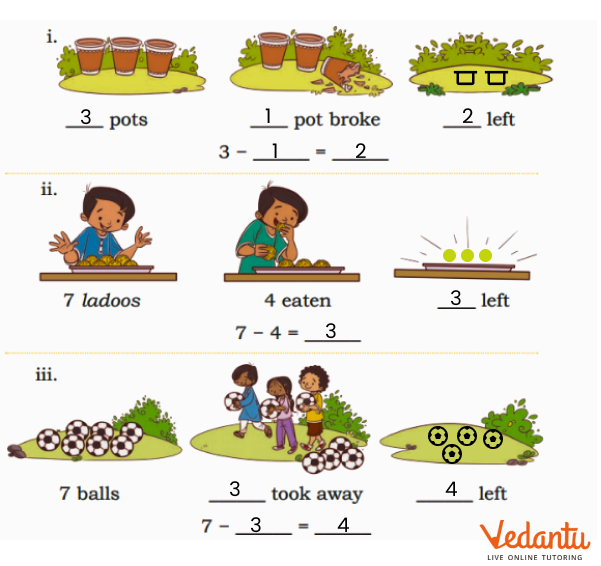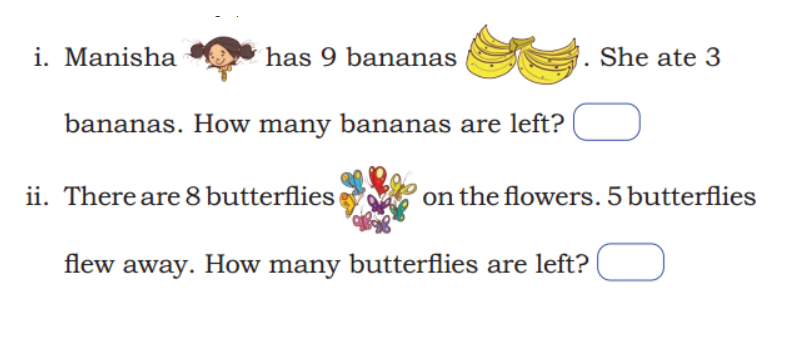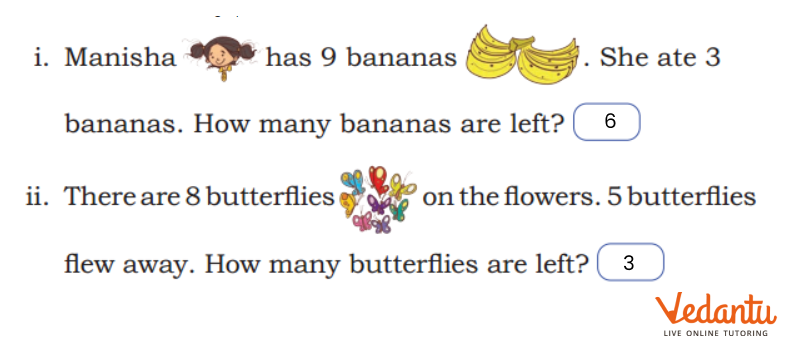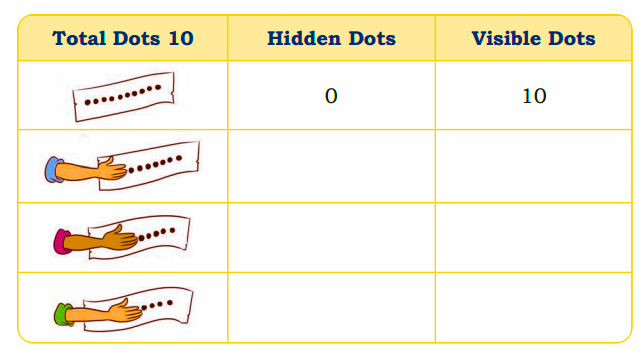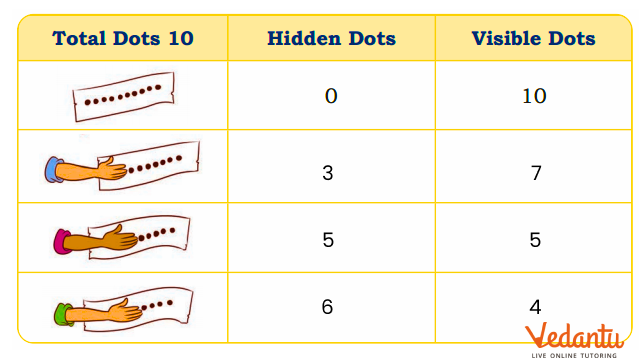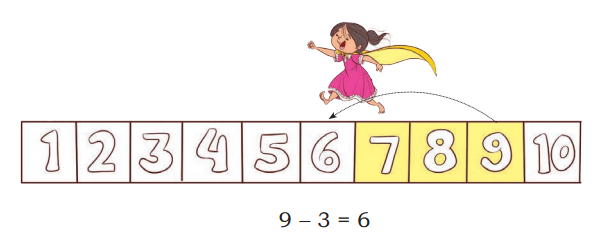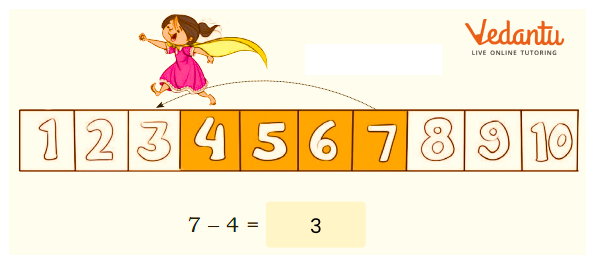NCERT Solutions For Class 1 Maths Chapter 5 How Many? - 2025-26
FAQs on NCERT Solutions For Class 1 Maths Chapter 5 How Many? - 2025-26
1. What are the main concepts covered in the NCERT Solutions for Class 1 Maths Chapter 5, 'How Many?'?
The NCERT Solutions for Class 1 Maths Chapter 5 primarily focus on building foundational counting skills. Key concepts explained include counting objects in a group, recognising and writing numbers (typically 1 to 9), and matching a number to the correct quantity of items. The solutions provide a step-by-step guide for each exercise in the textbook.
2. How do Vedantu's NCERT Solutions help in solving the exercises in the 'How Many?' chapter?
Vedantu's NCERT Solutions for this chapter provide clear, easy-to-follow answers for every question. They demonstrate the correct method for counting objects shown in the textbook's pictures and help students verify their answers. This ensures a strong understanding of counting principles as per the CBSE pattern.
3. What is the correct approach to solving questions in Class 1 Maths Chapter 5, as shown in the NCERT Solutions?
The solutions emphasise a simple, structured approach to avoid mistakes. The recommended method is:
- First, carefully observe the group of objects in the question.
- Second, count each object one by one, touching or pointing to them to ensure none are missed or counted twice.
- Finally, write the total number clearly in the space provided.
4. Why is a step-by-step problem-solving method important for a chapter like 'How Many?'?
A step-by-step method is crucial because it teaches young learners a structured way to think. For 'How Many?', it breaks down the task into manageable parts: seeing, counting, and writing. This prevents confusion, reduces counting errors, and reinforces the fundamental concept of one-to-one correspondence (matching one number to one object), which is a core skill in early mathematics.
5. Are the NCERT Solutions for Class 1 Maths Chapter 5 updated for the 2025-26 academic year?
Yes, the NCERT Solutions provided by Vedantu are fully updated to align with the latest CBSE 2025-26 syllabus. All explanations and problem-solving techniques are based on the current NCERT textbook, ensuring students learn the most relevant material for their school exams.
6. My child can count aloud but often writes the wrong number. How do the NCERT Solutions address this common issue?
This is a common challenge. The NCERT Solutions help by visually connecting the counting process to the final written number. Each solved problem shows the picture of the objects, the count, and then the correct numeral written next to it. This repeated visual reinforcement in the NCERT solution helps bridge the gap between verbal counting and written number recognition.
7. Besides counting, what other skills does solving Chapter 5 with NCERT Solutions help develop?
While the main focus is counting, using the NCERT Solutions for this chapter also enhances other essential skills. These include:
- Number Recognition: Associating the number symbol with a quantity.
- Observation Skills: Paying close attention to details in pictures.
- Concentration: Focusing on the task of counting without getting distracted.
- Fine Motor Skills: Practising writing the numerals correctly.
8. How can parents use these NCERT Solutions to support their child's self-study for Chapter 5?
Parents can use these solutions as a reliable tool to guide and verify their child's learning. After the child attempts to solve a problem from the textbook, parents can refer to the NCERT solution to check the answer and explain the correct counting method if there's a mistake. This makes it an excellent resource for homework help and revision.



















